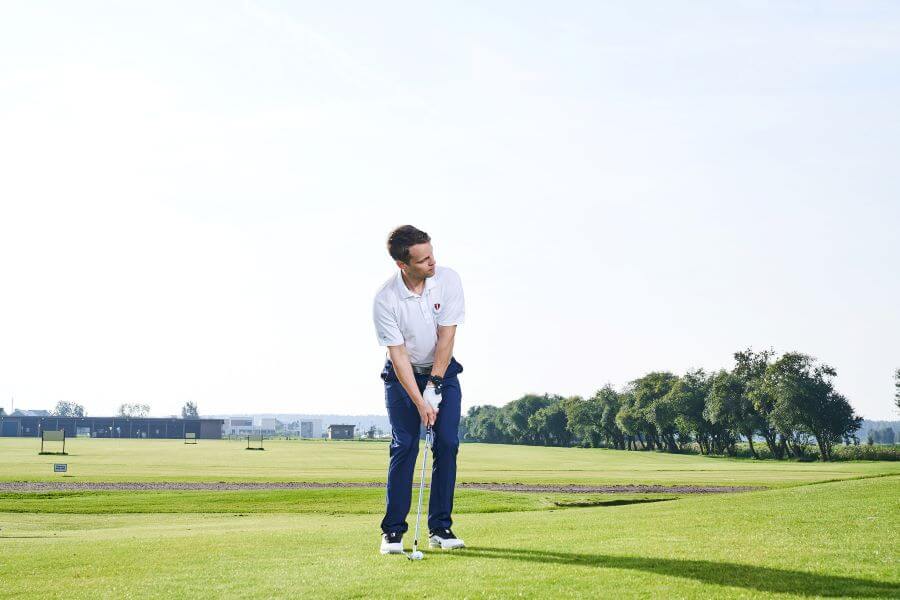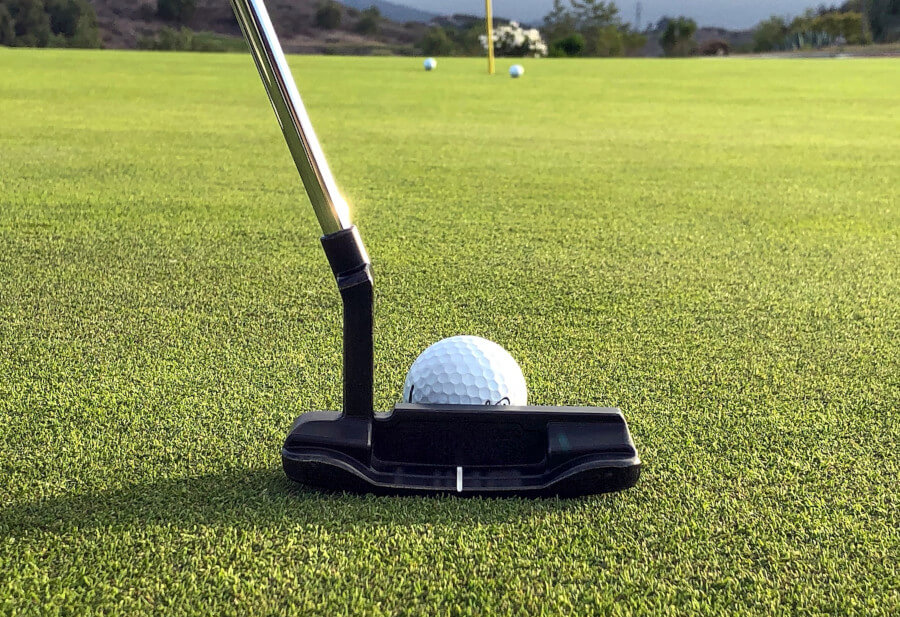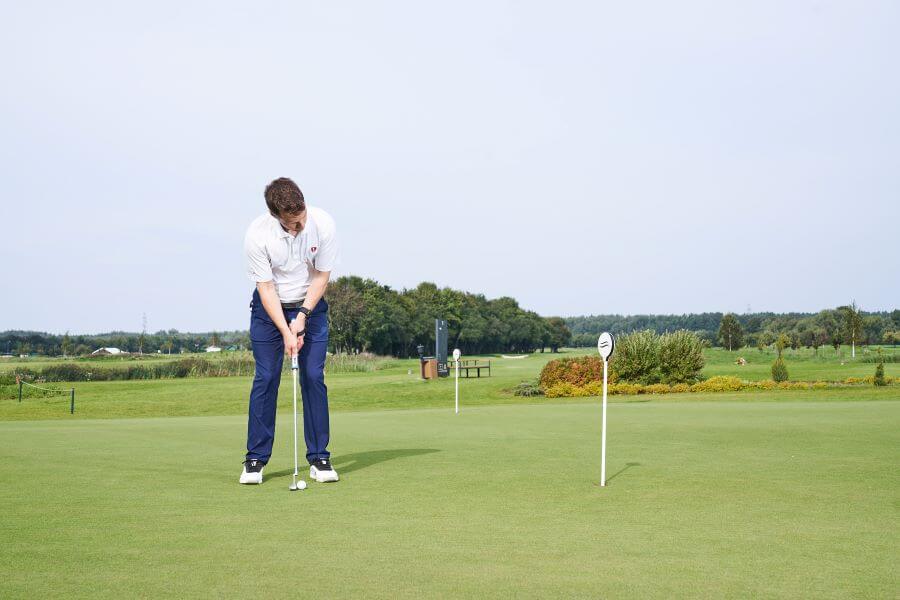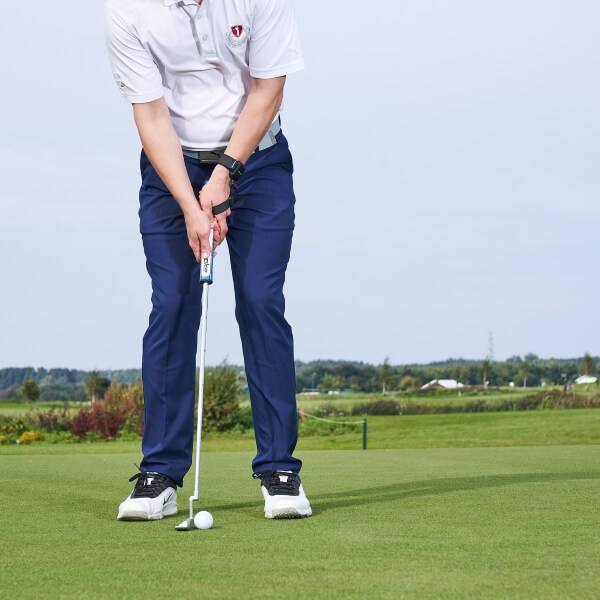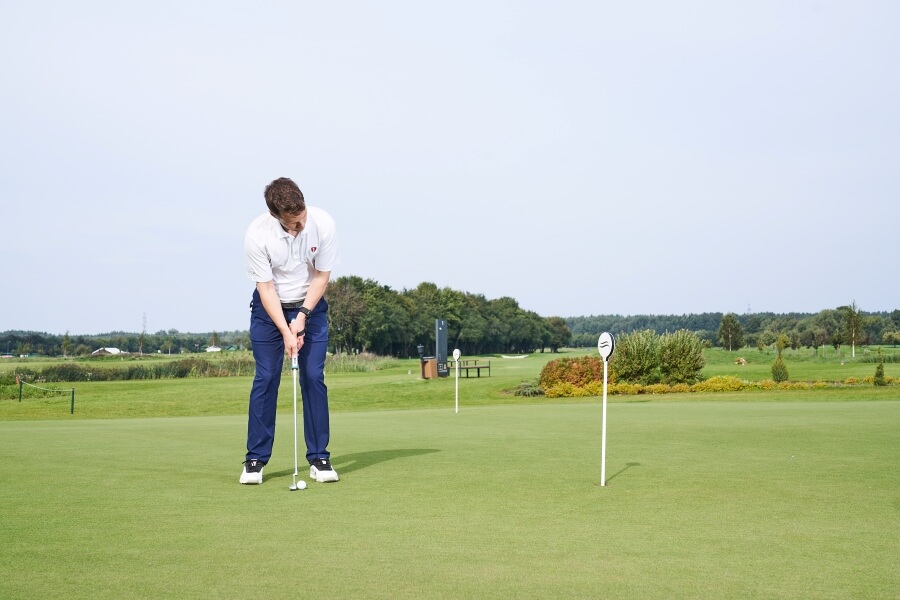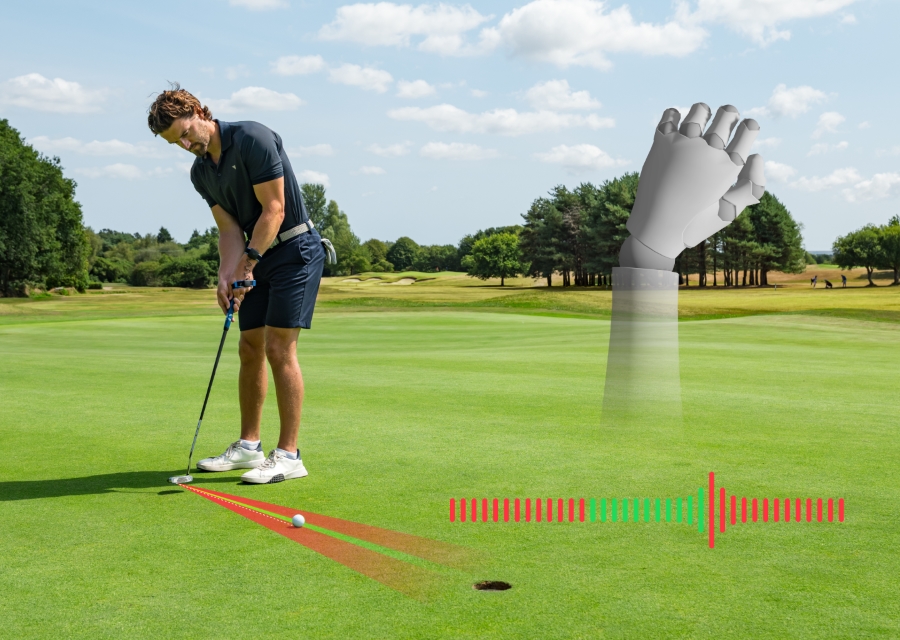How to Putt Better: Top 10 Best Putting Tips (with drills) You Need Before Your Next Round
If you have underestimated the importance of putting in your golf game, you are not the only one. So many golfers walk up to a green with no real idea of what they are doing and try to get the ball close to the hole.
Stop doing this. There is so much more to putting than this. Learning how to putt better will have a direct impact on your next round.
Here are the 10 best putting tips that you can start using today!
How to Putt Better (Key Takeaways)
- There is a physical and mental component to putting; if you want to be great, you have to master both.
- The wrists and grip control the clubface of the putter; consistency in putting will make all the difference in your ability to sink putts.
- To be a great putter, you have to line the ball up properly and then get the ball started on that line.
- Learning speed and distance control is essential to becoming a strong putter; speed can change from one round to the next, and knowing how to adjust is key.
Contents
- 10 Proven Tips & Drills to Improve Your Putting
- Read the Green Before You Get There
- Create a Repeatable Putting Pre-Shot Routine
- Centeredness of Strike Matters
- Wrist Angles Need to Stay Consistent in Putting
- Stay Strong On the Short Ones
- Pick a Close Aiming Point
- There are Several Ways to Make a Putt
- Find a Putting Grip You Trust
- Visualize the Entire Putt from Start to Finish
- You are the Best Putter You Know
- Final Thoughts
10 Proven Tips & Drills to Improve Your Putting
Practice is important, but knowledge and education will get you better results. Study these tips and take these drills to the practice green as soon as you can to see real improvement quicker than you think.
Read the Green Before You Get There
Green reading is a skill that takes some time. However, even low to mid-handicap players make the mistake of reading the green from the ball to the hole, rather than considering the big picture.
There is much more to this than the space between the ball and the hole.
When you’re walking or even riding the course, take a look at the entire green on your way up.
Does it slope back to front? Is the left side higher than the right? Is there more than one tier? All of these things will play into the way that the ball rolls, and it will make you a more educated player.
If you play the same courses over and over again, start to really get to know the greens you are playing.
Create a Repeatable Putting Pre-Shot Routine
Whether you are making a 15-foot putt, 30-foot putt, or 3-foot putt, have a pre-shot routine you can repeat.
The pieces of the routine can always be modified over time. However, if you have a repeatable routine, you are also training your brain to repeat your putting stroke.
The routine can be as simple as standing behind the hole, looking down the line, and then approaching the ball. Alternatively, you can walk around the entire hole to analyze it each time.
A great drill and aspect to add to your putting pre-shot routine is to look at the hole while taking your practice strokes. This allows your body to naturally adjust and be more reactive to the putt at-hand. Try this drill to incorporate it into your practice sessions and pre-shot routines.
Train smarter at home—putting, short game, and full swing. Start with these putting drills to practice at home, then expand your routine with our full guide on how to practice golf at home.
- Video Timestamp: 5:47-10:48
Centeredness of Strike Matters
Practice hitting the ball in the center of the putter face.
You probably have a large face on your putter spanning several inches, but if you want the purest roll, you have to hit directly in the center of the face. You can test this for yourself to see the impact it has.
Take your left hand and hold your putter about halfway or three-quarters of the way up the shaft. Hold it very lightly between two fingers, with the tip pointing vertically out in front of you.
Now hold a tee in your right hand and gently tap the toe of the putter; you will see that the putter head moves back and forth. Continue tapping to the middle of the putter, and you will notice the movement in the clubhead settles tremendously.
You can see why hitting the ball in the center of the face makes such a difference in the way the ball travels. With less movement and twisting in the putter head, the ball starts and ends on the proper line.
Wrist Angles Need to Stay Consistent in Putting
How many times have you heard the putting tip “keep your wrists still.” It’s not my favorite tip because it doesn’t tell the entire story. Instead, you have to understand the fact that there is some wrist action in the putting stroke.
Wrists can’t stay entirely still because of the way the putter arcs around our bodies. However, you can become very good at creating consistent wrist angles in your putting stroke.
Using Hackmotion, you can monitor proper extension and flexion of the wrists as you swing the putter back and through the ball. After analyzing hundreds of thousands of putting strokes of the best players in the game, Hackmotion has shown us that there are certain wrist patterns that the best golfers follow.
You can use the HackMotion audio feedback feature to track your wrist angles throughout your putting stroke. Establish a baseline and then work on creating more consistency, with slightly less wrist movement over time.
Stay Strong On the Short Ones
Short putts are where golfers tend to decelerate the putter head. To become more consistent at these shorter putts, you have to hit them into the back of the cup.
The best way to practice this is by working on the putting green and setting up a drill where you take six tees and line them up just outside your intended putting line. This will measure your backswing and follow-through to ensure you’re accelerating on all short putts (see drill below).
Practicing these routines will help you get more confident. In addition, when you are confident from short range, it becomes considerably easier to lag putt with confidence.
- Video Timestamp: 0:20-9:51
Pick a Close Aiming Point
The hole is not always the best place for you to aim. You can have your target by the hole, but for aiming, you want to focus more on a start line.
The start line should be closer to you to increase your chance of getting the ball started on it.
- Pick a start line approximately one to two feet in front of the golf ball.
- Stand behind the golf ball and pick your target, the line that you want to roll the ball on.
- Look along that line until you find something between you and that target point you can aim for. A brown blade of grass, a little dip in the green, anything you can pick as long as you can confidently see it.
- When you aim your putter head, you can aim at something that is incredibly close to you and forget about the farther point.
There are Several Ways to Make a Putt
To be a great putter, you have to be a little bit of an artist and a little bit of a scientist. With each putt, you will have several options on how to play it.
- You can putt with more speed and less break
- You can putt with less speed and more break
Spend some time on a practice green and find out what type of putter you are.
Find a 15-foot putt with at least a few inches of break. Take 10 shots and go nearly for the hole with a little extra speed. See how many of those you 1 and 2 putt.
Now take that same hole and play with less speed and a little more break. How many of those putts do you make? How many do you two putt?
There is no right or wrong answer here. Instead, it will open your mind up to different ways in which you can play a putt. The more options you have, the easier it is to be successful on the greens.
Find a Putting Grip You Trust
There are several different ways to hold a putter. The key to a putting grip is to find something that helps you comfortably return the putter to square every single time.
There are three main putting grips:
- Standard (same as your full swing grip)
- Left-hand low
- Reverse overlap
No matter which you choose, they should all create a square club face and be comfortable for you on all length putts.
You can use Hackmotion to determine if the clubface is square through impact. The sensitive wrist sensors measure even the smallest deviations, and the app will alert you when you’re not square.
Visualize the Entire Putt from Start to Finish
Visualization is just as important on the putting green as it is from the tee box. You have to be able to visualize the putt that you are going to hit.
You should see the ball rolling in the hole on a specific line and have this be your swing thought as you putt.
Without visualization, you are left to guess and hope.
Adding a few more looks at the hole and ensuring that visualization is part of your pre-shot routine will make all the difference when it comes to consistency in your putting game.
You are the Best Putter You Know
One of the best putting tips for high handicappers (but it applies to any player) is to fake it until you make it.
What does this mean?
Even if you don’t have confidence in your putting ability, pretend like you do. Confidence in putting can make all the difference on the course. When you stand over a golf ball, and you believe it will go in the hole, it’s the best possible mindset to have.
Final Thoughts
At this point, you should have enough concepts to work on to become a better putter. The great thing about becoming a better putter is that you can always find room for improvement in your putting game.
Take the HackMotion to the putting green, perfect your stroke, and then make on-course adjustments to your routine to improve consistency. The better you get at putting, the lower your score will be; it is that simple.






